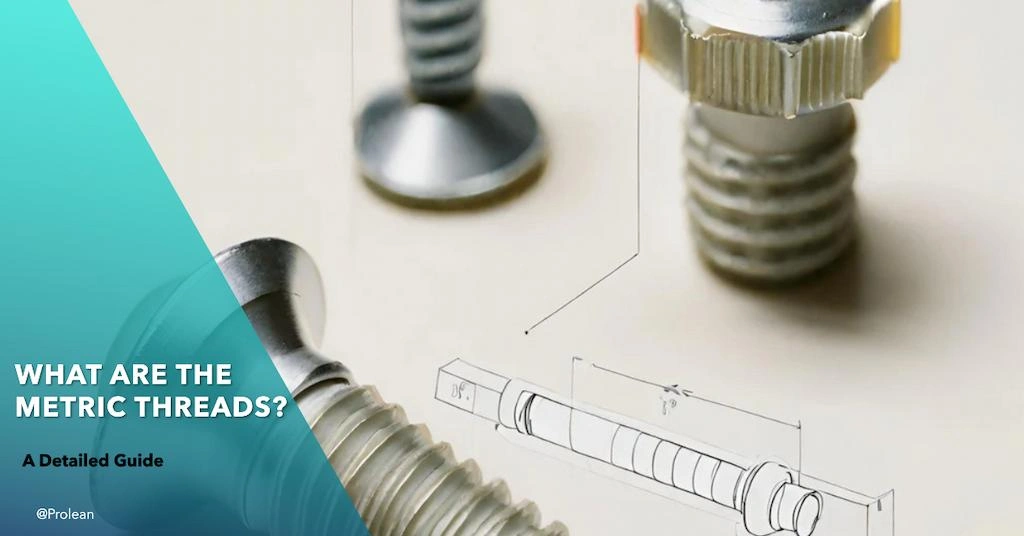
Threads are one of the critical features in fastening mechanical components, involving helical structures wrapped around the surface for engagement with counterparts. Engineers and manufacturers use metric threads, an international standard for sizing thread fasteners for a universal understanding of thread size.
The metric thread system includes pitch diameter, nominal diameter, root radius, thread heights, and other variables for diverse sizes of threads available in the market.
This article will discuss what is a metric thread, thread cutting methods, metric thread charts, and metric thread tolerances in detail.
What is a Metric Thread?
An ISO thread is used across the industries used for screw fastening, which are used across the industries for fastening or assemblies. They are denoted “ M”, followed by the designated values. For instance, M2 X 0.25 means a thread with a 2mm nominal diameter and 0.25mm pitch. Meanwhile, simple forms only contain the nominal diameter values, like M1, M1.1, M2, etc. You can see these markings on the body of screws, nuts, bolts, or even threading tools. Additionally, these metric screw thread symbols are also included in the thread designs.
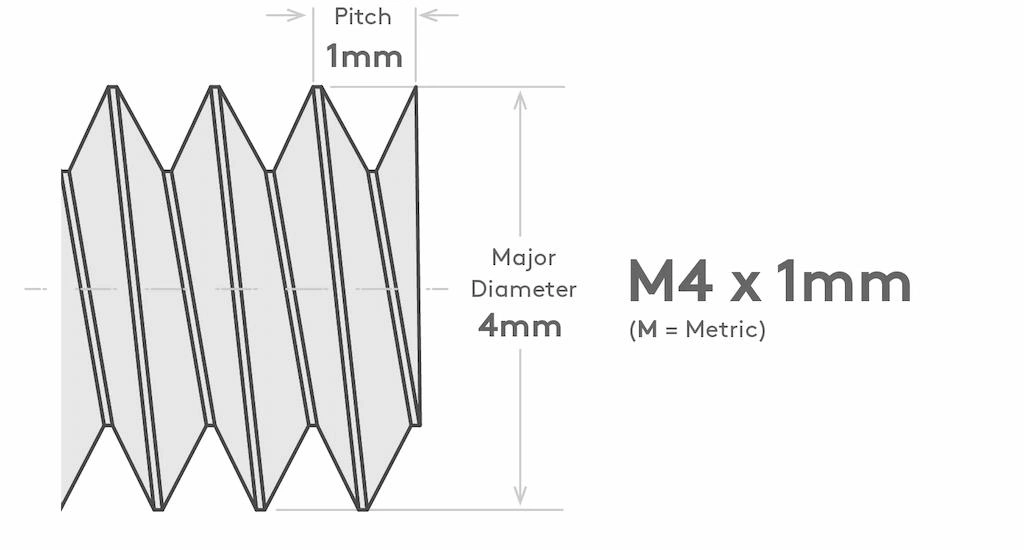
Metric thread example
Moreover, designers and manufacturers use metric charts to produce threads adhering to the requirements for metric threads, like pitch and minor diameter.
Metric Thread Chart
It is the tool or resource you can use to choose the right threads and sizes. This metric thread chart contains the dimensions of various threads and bolts, from external size to thread tap sizes. However, the no of columns (Dimensioning information) depends on how extensive is the chart you are using.
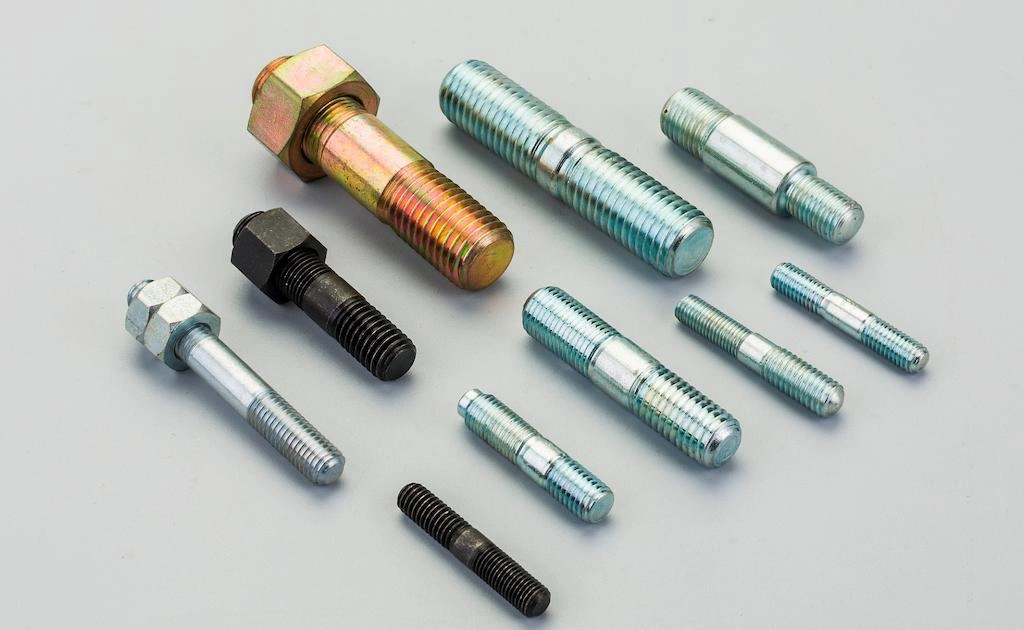
Metric screw thread with fine pitch
The simple format of the chart mainly involves pitches and sizes to match with corresponding bolts or screws for fastening.
The format of the metric thread chart involves standard-size denotations in the rows(M1, M2, M3..) with corresponding columns for dimensions.
Here is a section of the metric thread chart;
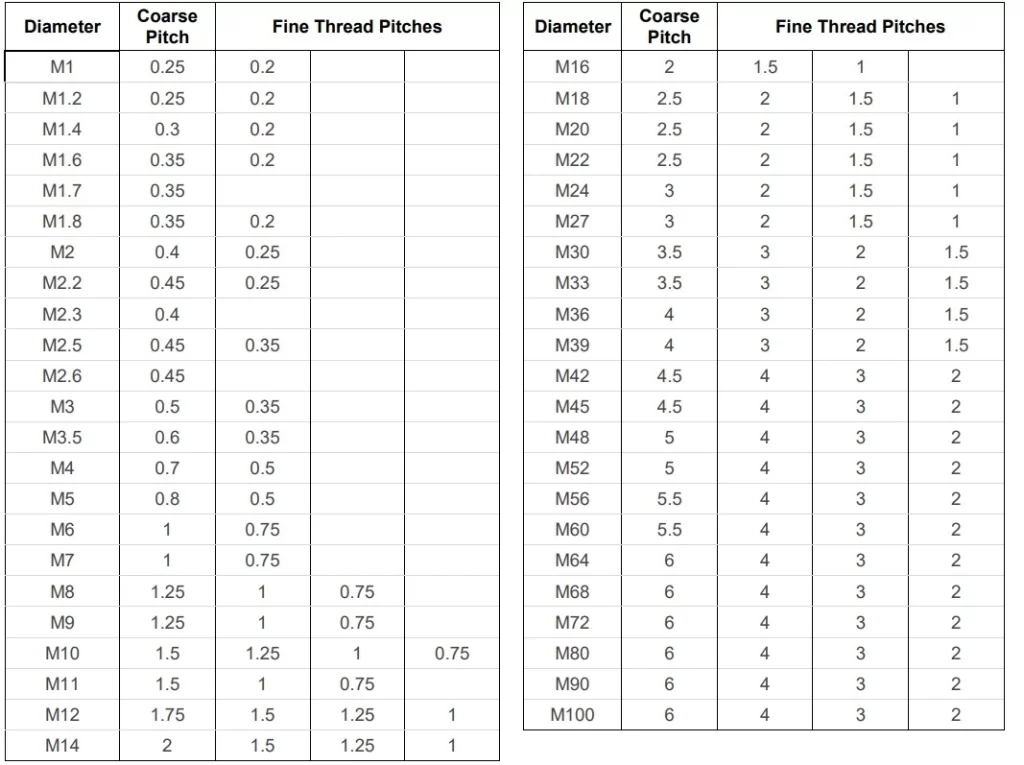
Moreover, you can simply distinguish the coarse-pitch threads and fine-pitch threads just by looking at the first row- M1 to M6 coarse and up to M64 fine(unless specified).
How to Use Metric Thread Chart in Thread Manufacturing?
Metric screw thread charts are used in the production of metric threads, they help to identify the right tooling and machining process. For example, M9 indicates that you first need to machine a thread body while maintaining a 9 mm nominal diameter and a tap cutting tool with M9 marking.
Another example of using thread charts is while creating thread holes for fastening the metric threads. For instance, if you need to fit a M9 screw thread on the hole, first you need to drill a hole with a 9mm diameter, then tap the hole accordingly.
The steps below describe how you can use a thread chart;
Step 1: Understand the Chart
Identify the thread chart standard, critical details in it, and table format. Typically a metric thread chart provides details like thread size (e.g. M5), pitches, major & minor diameters, and tap drill size.
Step 2: Identify Your Requirements
Identify the thread size appropriate for your requirements. For instance, if you are looking for a bolt of 9 mm diameter, you need an M9 thread. Also, if you are looking to create a threaded hole for a 9 mm screw, you need a thread drill tap corresponding to M9 metric thread.
Step 3: Choose the Thread Pitch
Decide whether you need coarse or fine threads, then choose the thread pitch size. For example, 1.3 mm pitch is coarse for M9.
Step 4: Apply the Information
Apply the pitch size and other information for the selected metric thread, whether you are choosing the screw threads and bolts from the market, machining them, or tapping the hole for fastening.
Try Prolean Now!
Internal and External Metric Thread Formulas
Mathematical formulas are used to calculate the thread parameter. Both internal and external threads have distinct formulas for depth of thread, pitch diameter, major diameter, minor diameter, etc.
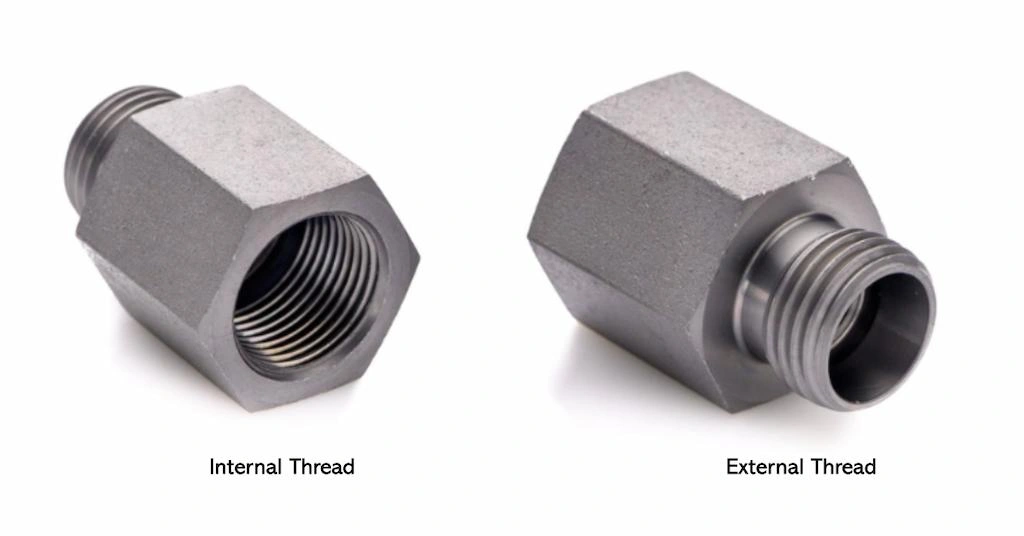
Internal and external threads
The table below outlines internal and external metric thread formulas;
Table: Formulas for Internal and External Threads/ Courtesy: cdnArchives
|
Parameters |
Metric Internal Thread Formulas |
Metric External Thread Formulas |
|
Depth of Cut (DOT) |
0.541265 x Pitch (P) |
0.613435 x Pitch (P) |
|
Basic Pitch Diameter |
Major Dia. – 0.64593P |
Major Dia. – 0.64953P |
|
Minor Diameter |
Major Dia. – 1.08253P |
Major Dia. – 1.22687P |
|
Depth of Cut @ 30° |
0.625P |
0.708P |
|
Depth of Cut @ 29° |
0.619P |
0.701P |
The Metric Thread Tolerances
The metric thread tolerances refer to permissible deviations for external(bolt) and internal(nut) thread dimensions. They are critical for choosing the right nut or thread hole for the fastener you have and in the thread manufacturing process.
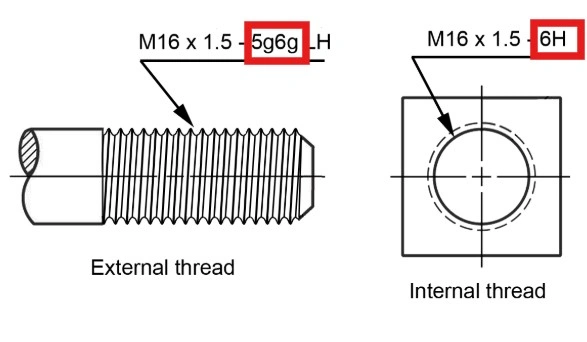
Thread tolerancing in design
You need to understand the 6H and 6g tolerances classes before understanding the standard metric internal thread tolerance and external thread tolerances. These tolerance classes are defined under ISO 965-1, 6H is for the internal threads(nuts) and 6g is for the external threads(bolt). Consequently, there are other tolerances classes too, 4H, 5H, 6H, 4g, 5g, 6g, etc; Lower the number, the tighter the thread dimensions.
Moreover, all the metric thread tolerances are under ISO 965-1, 6H; the thread tolerance chart includes thread profile and tolerances of major diameter, minor diameter, and pitch diameter. This way, manufacturers can control the dimensions of threads for desired fastening applications.
Here is an example of a standard metric internal thread tolerance chart;
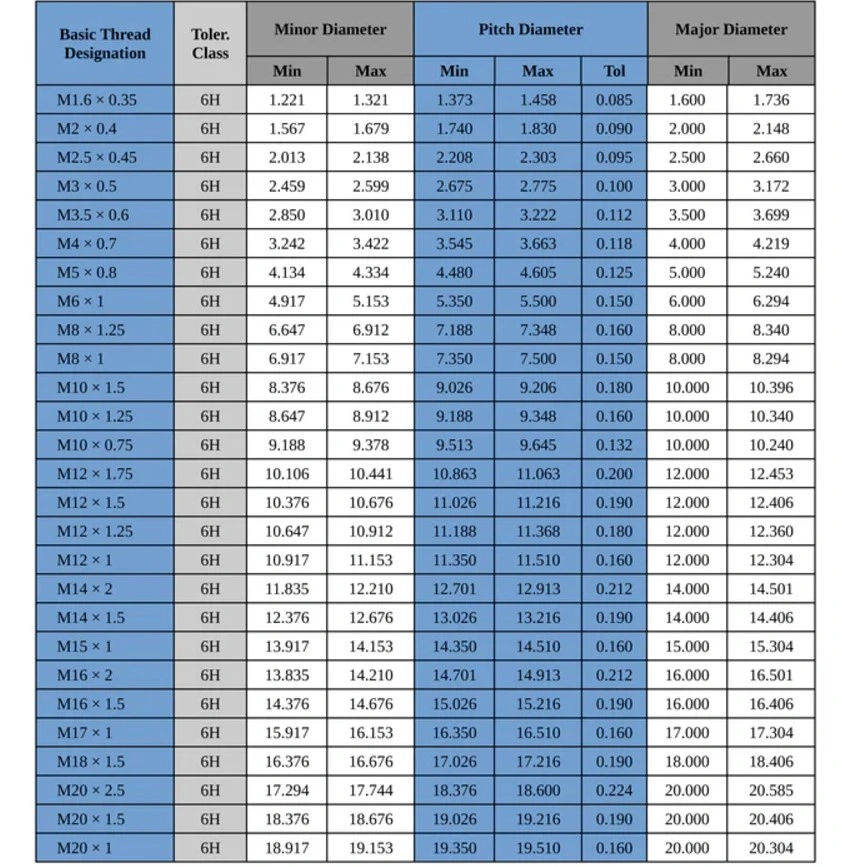
Internal thread tolerance chart
Try Prolean Now!
Metric Thread Manufacturing Methods
Most of the fastening manufacturing methods or mechanical assemblies use metric threads to bring uniformity and efficiency. Now, let’s elaborate on the thread cutting methods in brief;
- Thread Machining
CNC machining is one of the key methods to cut threads, commonly known as CNC threading. A CNC machine uses thread cutters or single-tip threading tools to create the metric thread, Meanwhile, the tool movement is controlled by the CNC programs, which brings utmost accuracy and consistency for complex bolt and nut threads.

Thread cutting on lathe
CNC turners or lathes are the common machines that use single-point cutting tools to cut threads on cylindrical rods.
- Thread Tapping
Using tapping tools for threads is suitable for internal threads. It involves first drilling the holes according to the desired diameter and tapping the hole with metric standard taps. You can choose a drill tap or tapping tool on the thread tap metric chart corresponding to size (M2, M3, M4..)
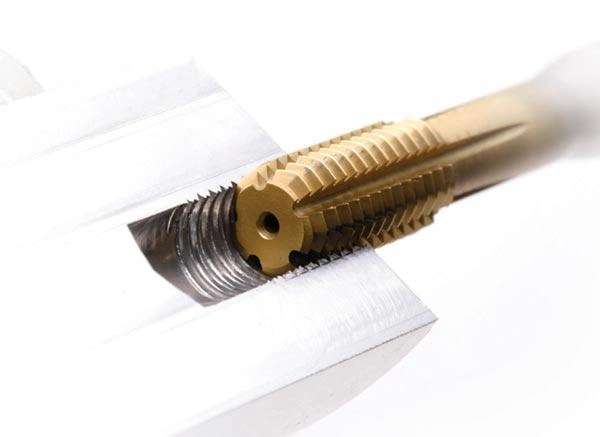
Moreover, the taps can create various kinds of threads using crossing thread-cutting taps, screw threads, spiral flute threads, taper threads, etc.
- Thread Grinding

Thread grinding mechanism
Another thread cutting method is thread grinding, which can create threads with high accuracy and surface finish. Unlike traditional thread cutting, it a specialized grinding wheel to shape the threads. Subsequently, thread grinding is suitable for hard materials or when complex thread profiles are needed.
Do you Need Metric Threads for your Project?
Producing accurate internal and external threads according to metric standards required extensive skills and advanced machinery. We have all the required resources and expertise to produce metric thread screws, bolts, nuts, and thread parts.
Our engineers have more than a decade of experience in machining threads and custom-threaded components across industries. We use CNC mills, lathes, drill taps, and thread-grinding machines for thread manufacturing.
Upload your thread design and get a quote from our engineers! We will produce metric threads adhering to ISO 965-1 standards.
Summing Up
Metric threads not only provide precise fastening solutions but also bring uniformity among designers and manufacturers. Whether you are buying threads from the market or manufacturing custom threads, using the metric system allows for compatibility with counterparts and consistency in manufacturing. Additionally, considering the right type of thread cutting methods is also essential to achieve the desired specifications.
FAQs
What are the metric thread sizes?
Metric thread sizes follow the ISO metric standard. You can find various sizes, M1 to M68, which means thread nominal sizes from 1 mm to 68mm.
What does the M6 thread mean?
Each number after “M” for threads refers to the nominal diameter of the thread, so M6 refers to a metric screw thread with a 6 mm nominal diameter.
What are the tolerance classes for metric screw threads?
6G and 6H are the tolerance classes for external and internal metric screw threads. The number refers to the tolerance grade and letter to distinguish nut and bolt.
What is meant by thread taps?
Thread taps are the tools used in the internal threading of drilled holes, which will perfectly engage with counterpart bolts or screws. The common types of thread taps are taper, plug, and bottoming taps.

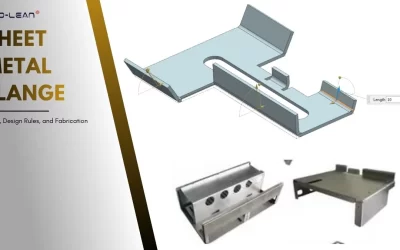
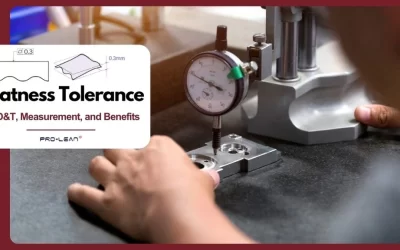
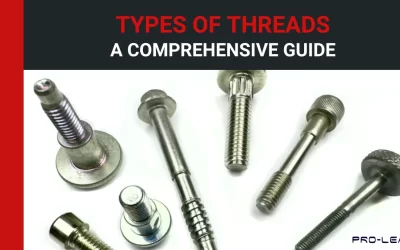
0 Comments